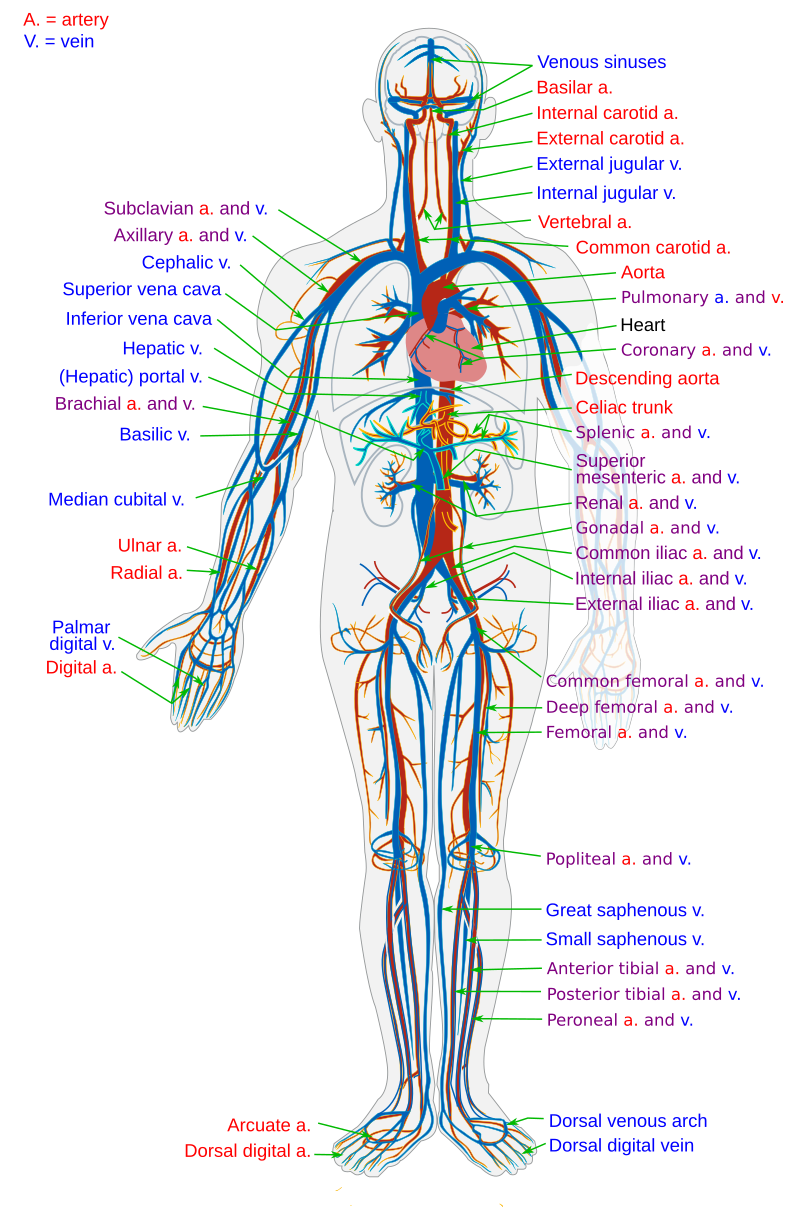New Insights on Cardio-Kidney-Metabolic Syndrome in U.S. Adults

In a groundbreaking analysis, researchers have identified a significant rise in the prevalence of a newly recognized condition known as cardiovascular-kidney-metabolic (CKM) syndrome, affecting one in three adults in the United States. The study, spearheaded by Dr. Tarang Parekh, Assistant Professor of Epidemiology at the University of Delaware College of Health Sciences, highlights alarming trends in CKM syndrome's state-level prevalence across the nation. Published in the Journal of the American College of Cardiology: Advances on July 12, 2025, this research draws upon self-reported data from the Centers for Disease Control and Prevention (CDC) Behavioral Risk Factors Surveillance System, covering the years from 2011 to 2023.
According to Dr. Parekh and his colleagues at Houston Methodist Hospital and Harvard Medical School, the findings indicate that approximately 80% of the U.S. adult population displays some form of CKM syndrome, a condition that links heart health, kidney function, and metabolic disorders as intertwined contributors to cardiovascular disease (CVD). The American Heart Association (AHA) first recognized CKM syndrome in a 2023 presidential advisory, marking a significant development in understanding the complexities of chronic diseases.
The analysis revealed that no state has reported a decline in CKM rates over the past 12 years. West Virginia holds the highest prevalence, with nearly 87% of its residents affected by 2023, while Colorado exhibits the lowest rate at approximately 72%. Notably, CKM syndrome rates are most pronounced in the Midwest and South, reflecting regional health disparities.
"This is an alarming trend that's a result of our fragmented healthcare system," stated Dr. Parekh, emphasizing the critical need for a comprehensive approach to address the interconnected nature of these conditions. CKM syndrome progresses through stages, moving from initial obesity or prediabetes to more severe conditions including kidney disease, hypertension, and eventually clinical diagnoses like heart failure or stroke.
Dr. Parekh's study found that nearly half of the states observed increased prevalence in stages 1 through 3 of CKM syndrome, despite a national decline in stage 4 rates. Minnesota, however, exhibited a troubling increase in the most dangerous stage of the condition.
Routine health screenings are essential for slowing CKM progression and mitigating CVD risks, yet there remains a lack of coordinated efforts among healthcare providers to assess these conditions holistically. Dr. Parekh advocates for public education regarding the intersection of these health issues, stressing that CKM syndrome cannot be addressed in isolation. "Without lifestyle and behavioral changes, one risk factor can snowball into several," he warned.
The AHA has taken proactive measures by launching a pilot preventive health initiative targeting cities with high CKM rates, including Atlanta, San Diego, and Washington, D.C. This initiative aims to integrate care across specialties, from primary care to cardiology, fostering a more comprehensive treatment approach.
Moving forward, Dr. Parekh plans to utilize electronic health records (EHRs) for in-depth analysis of clinical data and develop a machine-learning risk model to predict and manage CKM progression effectively. As CKM syndrome continues to rise, a collective effort from healthcare providers, individuals, and public health initiatives will be crucial in reversing this concerning trend and improving the overall health of the population.
Advertisement
Tags
Advertisement





